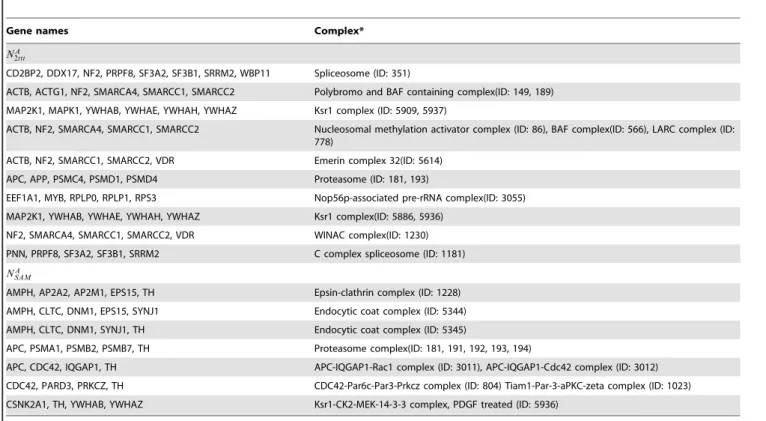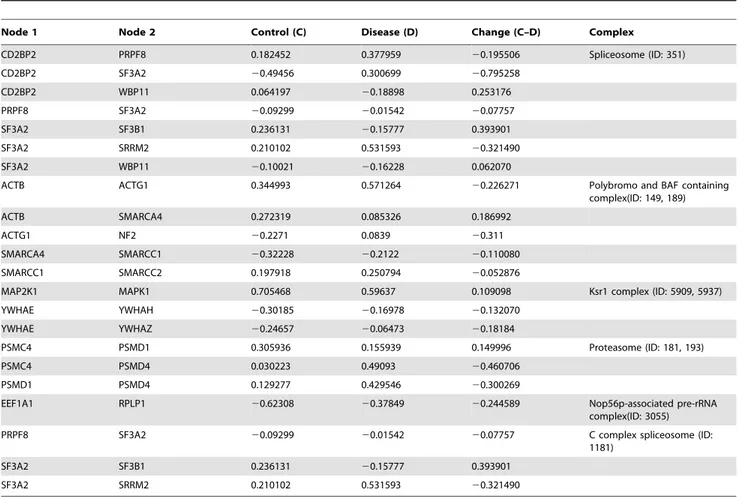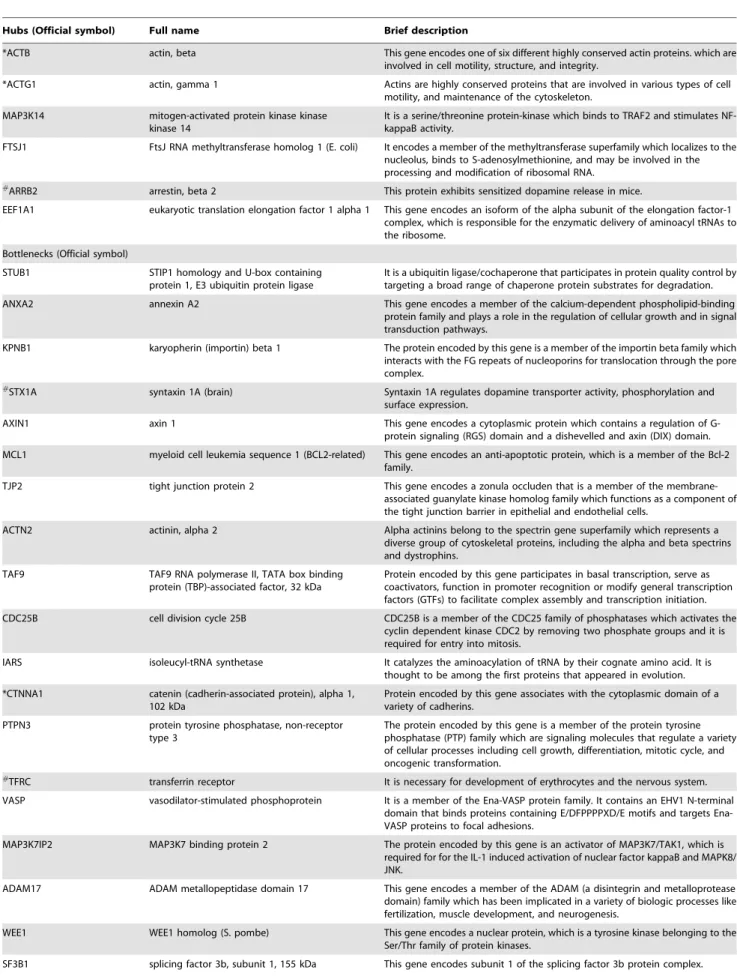Construction and analysis of the protein-protein interaction networks based on gene expression profiles of Parkinson's disease.
Texto
Imagem
![Figure 1 gives the flowchart of research methodology applied in this study. The raw data (CEL files) of microarray data series GSE8397 were downloaded from Gene Expression Omnibus (GEO) (http://www.ncbi.nlm.nih.gov/geo/) and normalized by gcRMA [9]](https://thumb-eu.123doks.com/thumbv2/123dok_br/18281228.345610/2.918.99.831.90.545/flowchart-research-methodology-microarray-downloaded-expression-omnibus-normalized.webp)
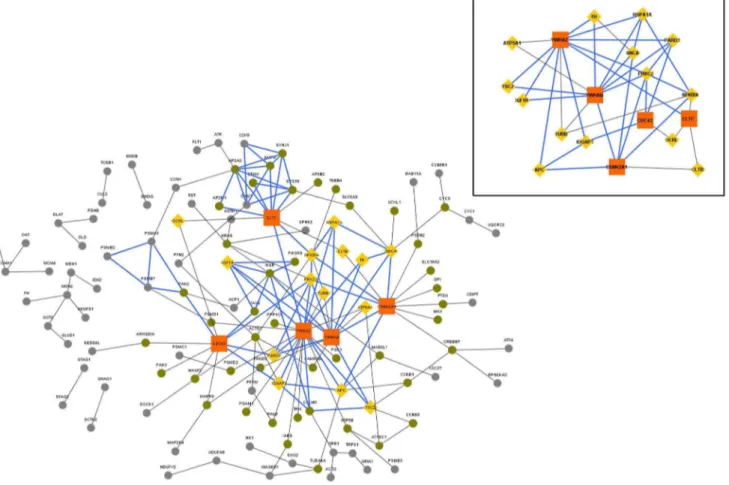
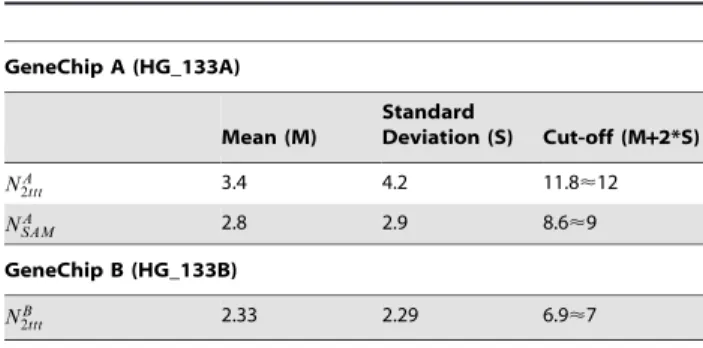
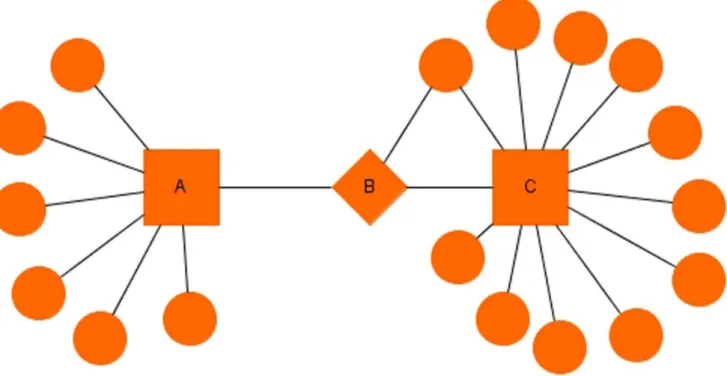
Documentos relacionados
Gene Ontology (GO) and pathway enrichment analyses of DEGs were performed, followed by protein-protein interaction (PPI) network, transcriptional regulatory network as well
For the changed growth and recombinant protein expression, we summarized the transcriptional profiling of four categories of genes that were related to metabolism and protein
In the current study, the construction and computational analysis of protein interaction networks (PINs) based on expression data of proteins involved in 10 major cancer
By integrating gene expression signatures and somatic mutation data on a protein- protein interaction network, we show that the CRC recurrence phenotype involves the dysregulation
Table S1 The 1,460 proteins with both sequence and phenotype information retrieved from CYGD (the Comprehensive Yeast Genome Database) (Guldener U, Munsterkotter M, Kastenmuller
Immunogenic proteins mapped in Protein-Protein Interaction (PPI) networks: ( a ) PPI networks constructed starting with the target proteins (“no protection” and
The important features to identify promising anti- gens for immunodiagnosis of schistosomiasis must be based on: expression of the gene encoding the protein in
More impor- tantly, cluster graph analysis and PPI networks identified primary immunodeficiency (hsa05340), focal adhesion (hsa04510), metabolism of xenobiotics by cytochrome
